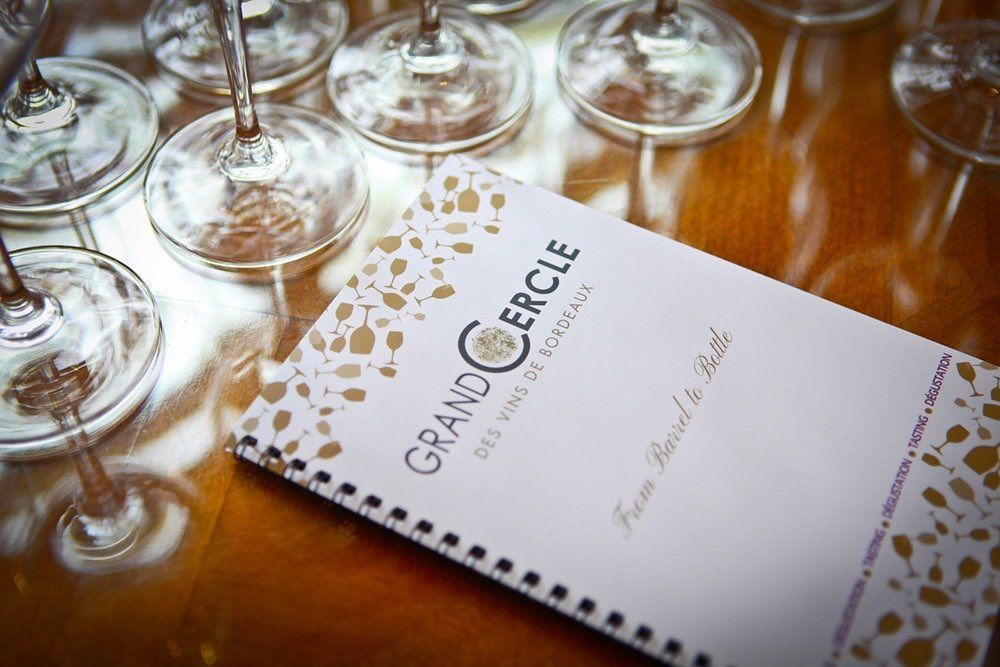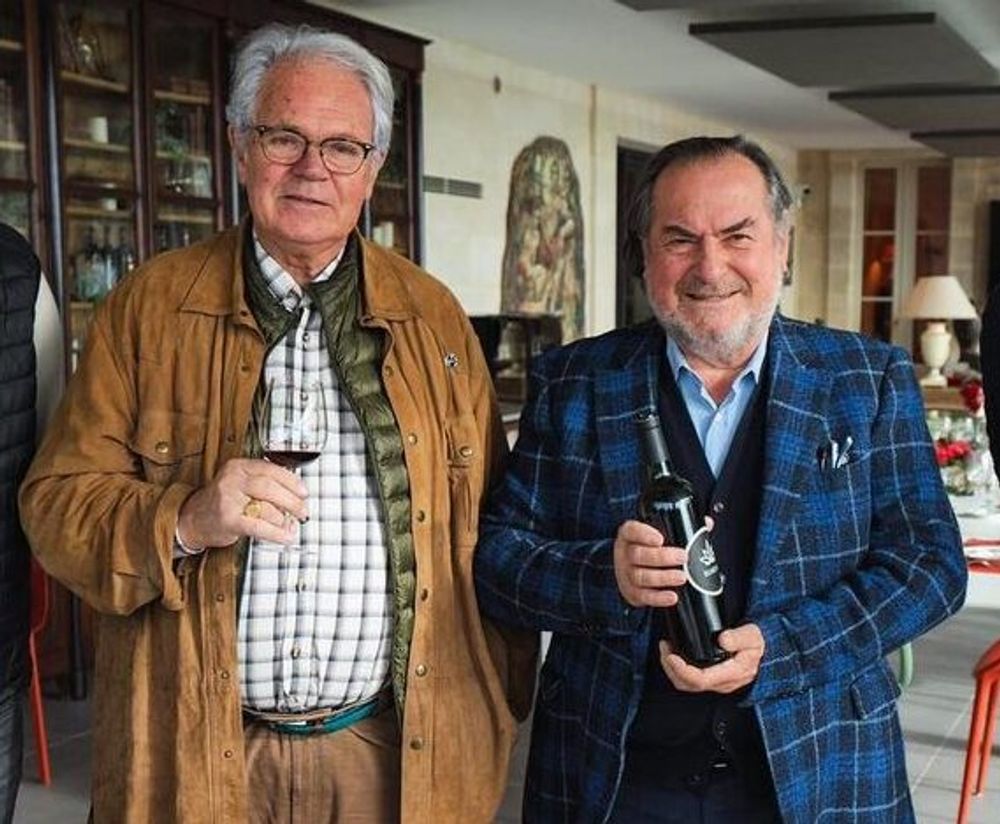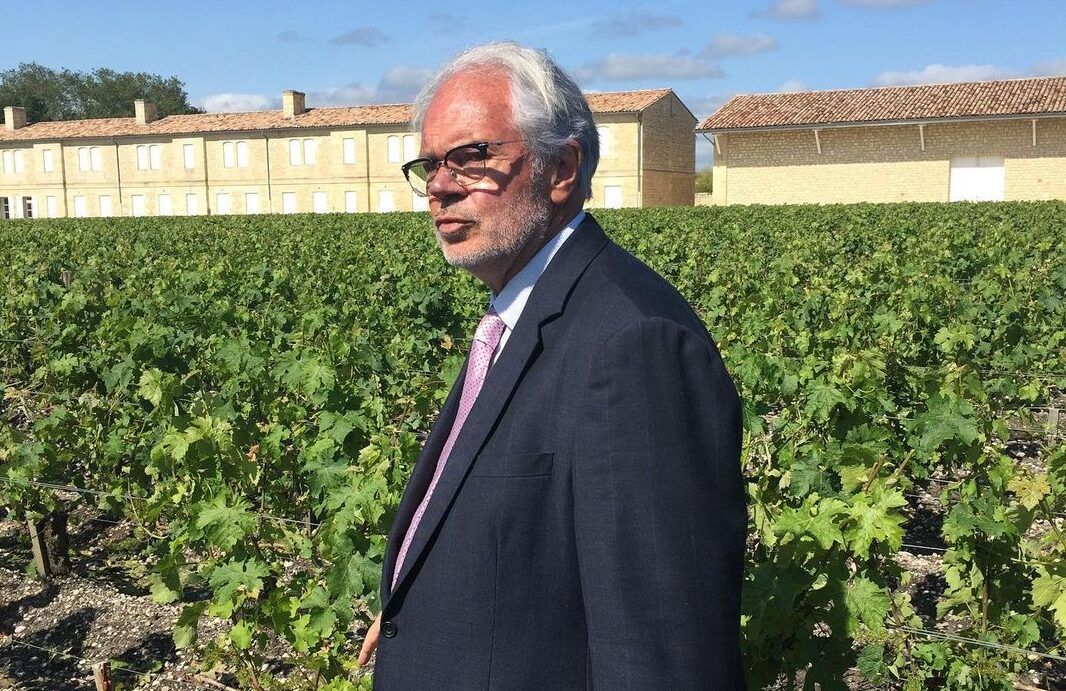“Robert Parker pushed for a style of wine for a time … but we have moved on. He isn’t there anymore and we are in a transition phase, stylistically,” says Dr. Alain Raynaud about Bordeaux 2021.

Raised on the mantra, “if you’ve nothing nice to say, say nothing at all”, I am loathed to begin with a moan. Still, it needs airing and let’s get it over and done with so we can focus on the positives. Firstly, what were the Grand Cercle Des Vins de Bordeaux thinking, when they planned their London tasting of the 2021 vintage, on the Thursday evening before the Easter Bank Holiday weekend? And secondly, when the whites were widely touted to be the great success of the vintage, why were there less than a fistful in the room? Team, take note!
Dr. Alain Raynaud, founder and president of the Grand Cercle (the association that represents 133 wineries from 26 appellations across Bordeaux), started our chat in a similarly cautious way. 2021 was a challenging vintage he explains: “In the spring, we had frost and that impacted yields by an average of 25% and, after that, we had a very wet summer and that was topped off with mildew problems at the end of the growing season … so, it was tricky to get grapes with good maturity and harvesting healthy fruit was also difficult.”

Alain Raynaud (l) with friend and legendary oenologist Michel Rolland
Happily, we moved on from Eeyore grey and stepped into a brighter summary of 2021. “Those that negotiated the conditions well have made refined wines with immediate drinking appeal,” Raynaud says, “The best successes have come where winemakers have used oak judiciously and without excess… these are wines that will drink beautifully in the coming five years and whilst it’s not a ‘great’ vintage like 2019 and 2020, there are nevertheless lovely wines.”
“We are in a tricky economic period and, in actual fact, that this vintage benefits from less oak is a good thing as the wines will be more affordable.”
The conversation meandered through the practicalities of organic viticulture in such a vintage and the, perhaps, more pragmatic “lutte raisonnée” that allows for the use of some chemical sprays and pesticides, albeit in a more sustainable manner.
Raynaud rightly points out that the commercial impact of a small vintage like 2021 is significant and potentially much more devastating for those who are organically certified and consequently much more restricted.

Bordeaux 2021 tasting, London, April 14, 2022
For those who do not know, Raynaud spent 28 years practising as a medical doctor. His appearances on French television supporting the argument for moderate wine consumption as part of a healthy lifestyle make for joyful watching. He tells me, “In France, the cost of a consultation with your GP is €25 … what I want is that the target price of my wines is €20, which is pretty much the average price of the wines that are on show today.”
Naturally I have to ask this winemaker and one-time doctor what a person with nothing more than €25 in their pocket should do, see their doctor, or buy a bottle of Bordeaux? The answer is, of course, a bottle!
Raynaud is clear that it is the white wines that are the success of 2021: “The grapes reached excellent maturity in 2021 … they were harvested early and before the mildew problems, so there was no problem with grape health.”
So how were the Bordeaux 2021 wines tasting?
Echoing Raynaud’s comments, winemakers nearly all acknowledged that, when it came to reds, Cabernet Sauvignon fared best of the varietals. Mention Petit Verdot and you get a lot of head shaking and scrunched noses! Across the board, you’ll find more Cabernet Sauvignon in the blends.
Making my way round the room, I found a significant number of beautifully balanced and charming wines. Really, wines that put a spring in my step and reaffirmed my view that I am often most seduced by the wines of Bordeaux in their more challenging vintages.
Château de Cérons is a 30-hectre estate in Graves and their 2021 Blanc was a showstopper. Saline-tinged citrus fruit with apricot and lime. Impressive texture and poise. I always take it as a good sign when fellow winemakers crowd the table for a sample and tell me that their own cellars are stocked with this wine.
Though I agree with much that Raynaud says about the potential commercial perils of organic and biodynamic viticulture, I am also aware that ‘old organic hands’ are better equipped to deal with a vintage like 2021.

Look no further than the elegant and balletic duo from Alain Moueix. I thought the 2021 Château Fonroque Saint Émilion Grand Cru Classé was stunning. Managed biodynamically since 2008, this vintage is a blend of 76% Merlot and 24% Cabernet Franc, it was ‘good to go’ in every sense. Moueix is also the winemaker at Pomerol’s Château Mazeyres which became biodynamically certified in 2018. 2021 is made up of 80% Merlot and 20% Cabernet Franc and is sumptuously aromatic, the palate fresh with a charming array of fig, plum and summer berry fruits. A class act from start to finish.
A second Fronsac property that impressed was Château de La Rivière. Fragrant and generous, even at this early stage, the wine was wonderfully supple.
Saint-Émilion has delivered some crackers. Château Laroze, La Marzelle and Pressac all impressed. The first had a pleasingly earthy quality, smoky black fruits, and good length too. La Marzelle was sprightly and flavoursome and felt very complete. Pressac meanwhile still felt a little bottle-shy but there was the promise of some lovely dark fruit to come, lithe tannins and refreshing acidity.

Stéphane Pariaud, Ch. Petit Bocq
The appellations of Margaux, Saint Estèphe and Pessac-Léognan were sadly poorly represented in numbers. Château Petit Bocq’s Saint-Estèphe was delightfully floral with fleshy blue fruit and fine-grained tannins. The distinctive blackcurrant character of Cabernet Sauvignon was clearly in evidence here.
And, if you’ve only got one flag flyer, make it a good one! The solo representative for Bordeaux Supérieur was Château Fleur Haut Gaussens and, though not quite as luscious as previous vintages, it was nevertheless generously fruity with supple tannins.
Raynaud tells me that he’d quite like for there to be a statue of Robert Parker in Bordeaux, “he pushed for a style of wine for a time … but we have moved on. He isn’t there anymore and we are in a transition phase, stylistically.” I hope Raynaud is right. I enjoyed the style on show.
































